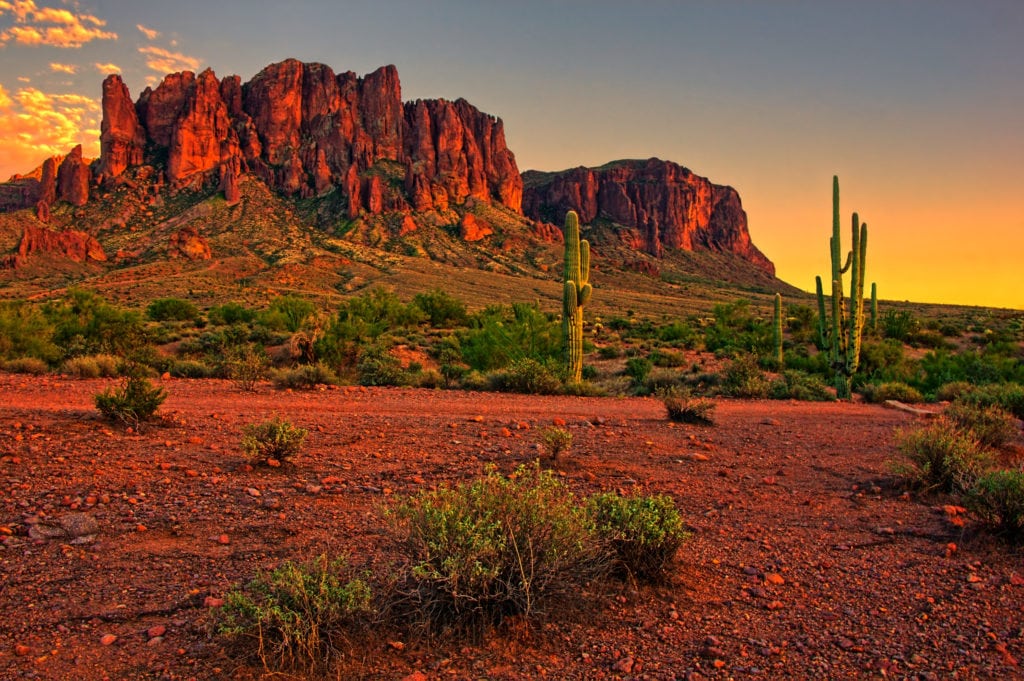
By Kara Brounstein, Special to the Alliance
There’s a new kind of desert threatening the US and it has nothing to do with global warming or climate change. It’s called a “news desert,” and it is an increasingly common phenomenon. A news desert is an area in which there are no journalistic organizations that have the means to survive. News deserts are found particularly in rural and economically distressed areas of the country, where for so long local newspapers were the main source of news for small communities, and which now are disappearing at an alarming rate.
According to the University of North Carolina at Chapel Hill’s Knight Chair in Journalism & Digital Media Economics, Penny Abernathy, some of these deserts are literal: the community truly has no local newspaper. Others are “endangered regions,” or communities in which newspapers are just barely hanging on.
News deserts present problems for small communities that rely on local newspapers for a majority of their news. Plus, owners of small, local newspapers tend to balance business interests with civic responsibility, and therefore play a role in the vitality of the community that they serve.
Abernathy authored the report, “The Rise of a New Media Baron and The Emerging Threat of News Deserts,” which notes that by 2004, newspapers’ prior business models were becoming outdated as readership and advertisers began to rely more heavily on the internet; however, “few predicted how quickly that pace would pick up and profitability would decline.” The country’s recession drove many newspapers out of business in 2008-2009, giving rise to a “new kind of media baron.”
Who cares? Well, we all should, as these disturbing trends in newspaper ownership have implications for the nation at-large.
Local news has the capacity to set the agenda for public policy. In an interview, Abernathy explained that community newspapers provide as much as 85 percent of “the news that feeds democracy” at the state and local levels, meaning that the fate of local newspapers is undeniably linked to the fate of the communities that they serve: “if one fails, the other suffers.”
This should also serve as a wake-up call to all Americans, as our latest rating on the Economist Intelligence Unit’s Democracy Index has just been downgraded from a “full democracy” to a “flawed democracy” due to an erosion of trust in government and elected officials. This does not come as much surprise given the recent proliferation of what we have come to call “fake news.”
Abernathy detailed the connection between news deserts and fake news, noting that in many of these rural communities, “most of the news that people get on a local basis now comes off social media.” Facebook newsfeeds undoubtedly provide citizens with stories that have not been fact-checked, or that promote a specific political agenda. Additionally, many news organizations have had to scale back their news coverage due to economic pressures, leading to an increased dependency on “chasing clicks”, rather than providing reliable reporting on a wide range of issues.
To address this threat, Abernathy in her report calls upon newspaper owners to develop new sources of digital revenue, and upon schools of journalism to produce research that assists newspaper owners in developing and implementing sustainable business strategies. But individual citizens can be part of the solution as well. Abernathy asserted that “it starts at the local level,” encouraging community residents to have daily contact with the editor of their local newspaper and to hold them accountable for what is not being covered.
Let us not desert our news organizations—in the age of fake news and “alternative facts,” we may need them now more than ever.
Learn more how to fight news deserts by attending the Newseum’s March 28th Symposium on “Thwarting the Emergence of News Deserts”
